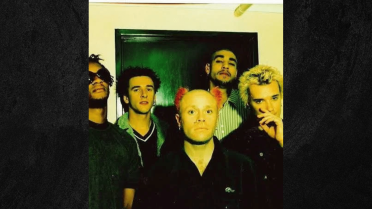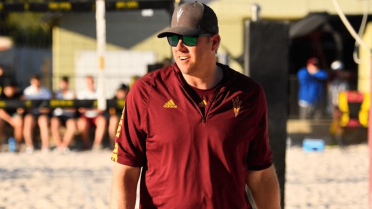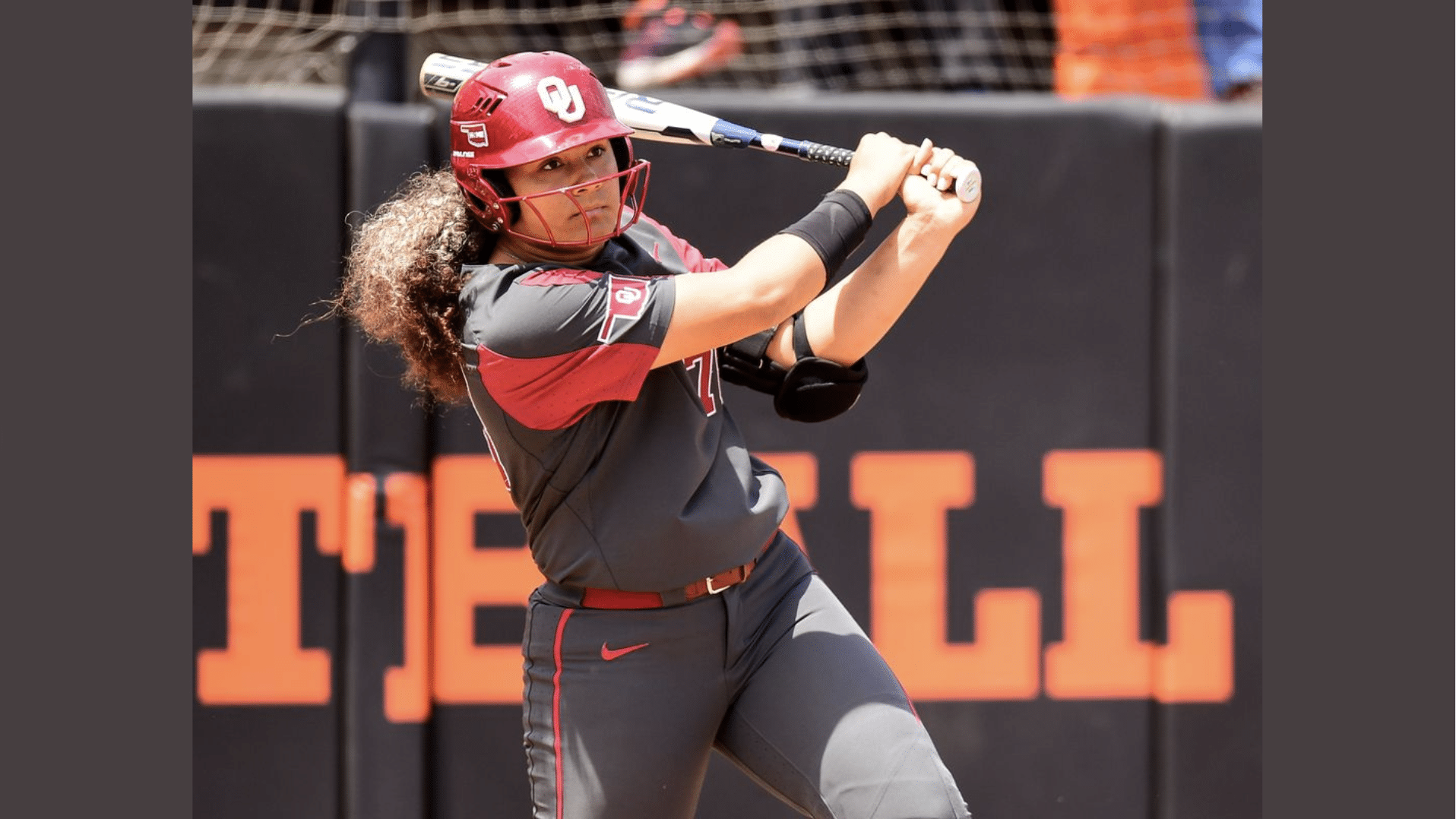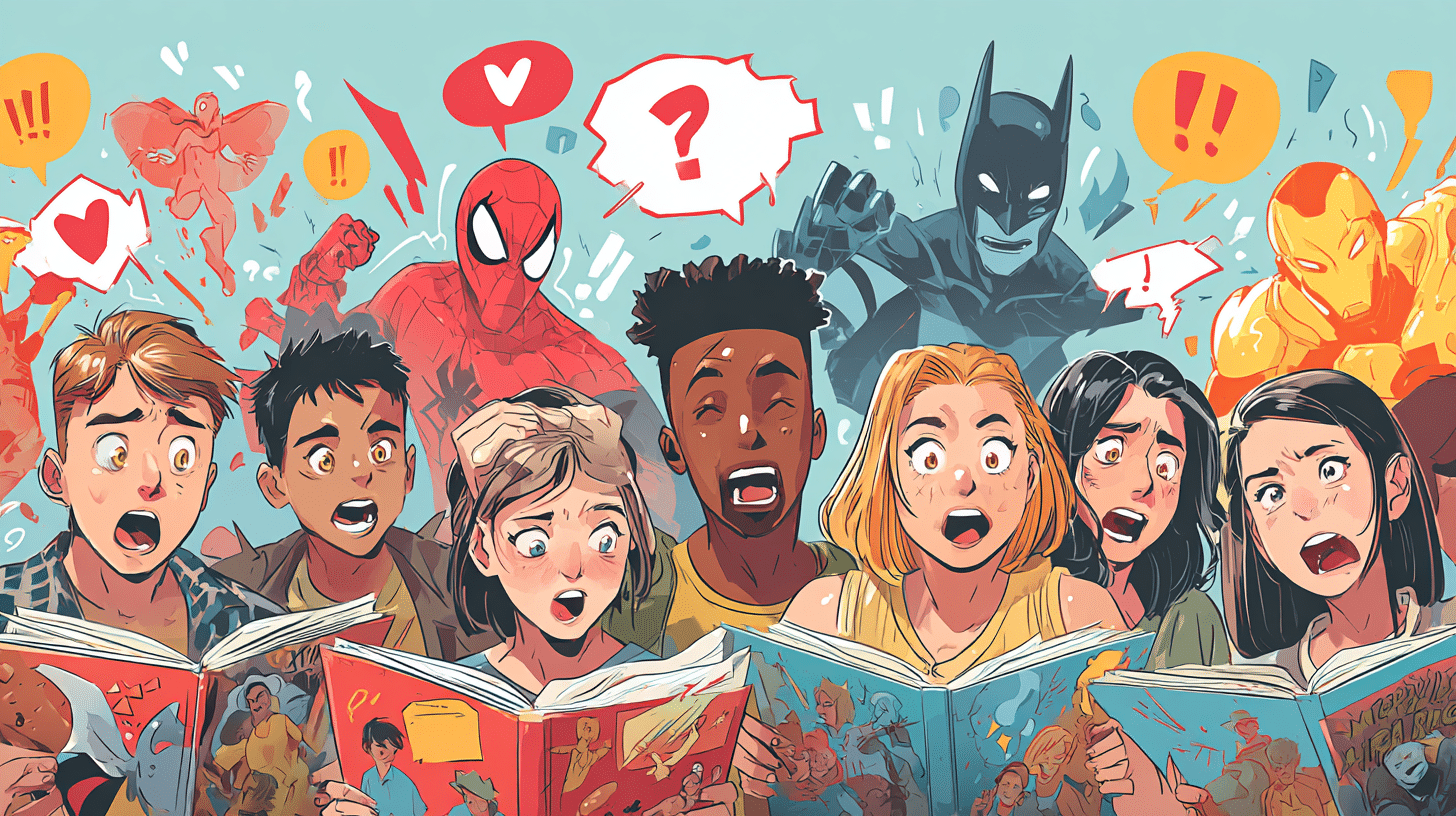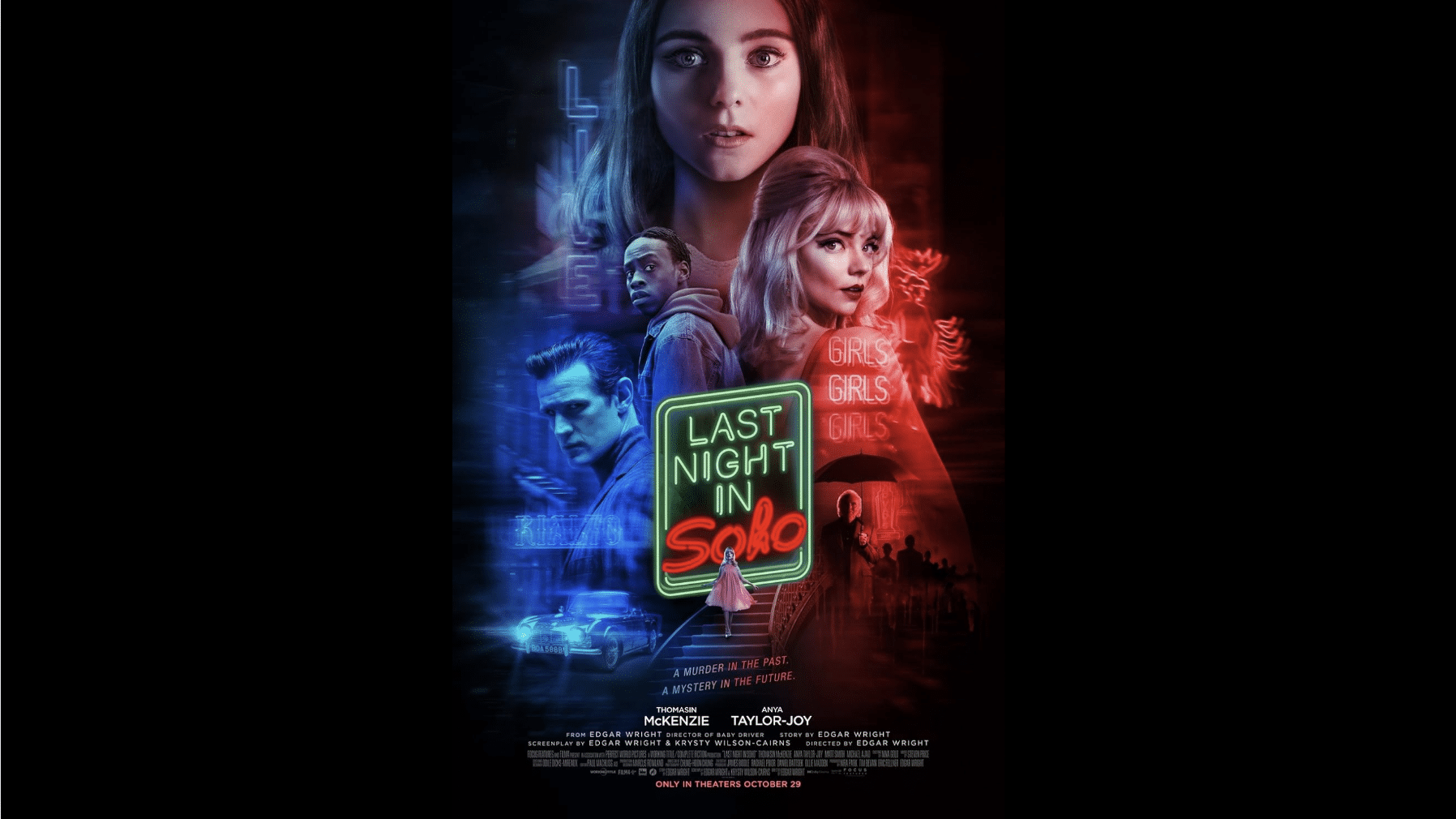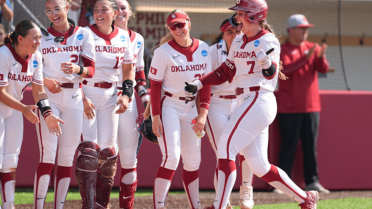Top Stories
The Zodiac Killer case remains one of America’s unsolved mysteries, having captured the attention of true crime enthusiasts and investigators for over five decades. If you are searching for the most recent news, updates, and developments related to the Zodiac
Are you curious about how many albums Drake has released so far? We have got you covered! From his start on Degrassi to becoming one of the biggest names in music, Drake has dropped hit after hit. But with studio
LATEST
Top Stories
Office upgrades should do more than make a workspace look polished. They should support productivity, reduce long-term costs, and strengthen the organization’s ability to operate efficiently. Too many companies invest in trendy décor or expensive furniture that doesn’t meaningfully impact
LATEST
Top Stories
The right computerized maintenance management system (CMMS) can streamline your operations and reduce costs. And the wrong one? It will waste your valuable time and money. Finding the right fit, however, can be a challenging task. With so many options
Welcome to cuindependent, your space for bold ideas, fresh perspectives, and engaging stories. We bring you content that informs, inspires, and sparks conversation.
Stay connected — subscribe to our newsletter and never miss an update!
Explore
Our Picks
From inspiring artistry to achievements in sports and beyond, we bring the highlights.
A curated view of stories shaping conversations across fields today.
Some games aren’t just played, they are felt in the soul. These iconic rivalries go beyond the scoreboard, turning into battles of pride, passion, and identity that echo across generations. Whether it’s football in Argentina or cricket in India, these matchups light up stadiums, stir entire nations, and write unforgettable chapters.....
Fall is a magical season filled with vibrant colors, changing leaves, and endless creative inspiration. For teachers and parents, it’s the perfect time to introduce fall art projects that help children explore textures, colors, and nature while developing fine motor and creative skills. If you’re planning a classroom craft or.....
more
Meet Our Team
At CU Independent, we’re committed to delivering real, bold, and honest stories. Get to know the passionate team behind the content!
Samantha Lee
(Editor-in-Chief)
Dr. Alex Thompson
(Senior Features Writer)
Meet Our Team
Hootie & the Blowfish is a beloved American rock band, best known for their chart-topping hits in the 1990s. Formed in 1986 in Charleston, South Carolina, the band quickly rose to fame with their unique blend of pop, rock, and blues. Their catchy songs and relatable lyrics connected with fans, making.....
Finding the right tablecloth size sounds simple. But once you start measuring your dining table and checking all the options online, it can get confusing fast. If you’ve ever ordered a tablecloth that looked perfect in the photos but hung awkwardly at home, you’re not alone. The good news? A few.....
Las Vegas leads the nation with 1,096 monthly searches per 100,000 residents for local SEO services and “SEO near me” queries. Denver (second) and Omaha (third) follow with 725 and 644 monthly searches per 100,000 residents, respectively. El Paso reported the lowest search interest, with just 19 searches per 100,000.....
The study shows that Colorado recorded the fifth-highest number of searches in 2025 for residents seeking legal help after bicycle crashes. The research by Bicycle Accident Lawyers Group analyzed 2025 data from Google Keyword Planner on searches related to cycling and bicycle accident representation, including queries such as “bicycle accident lawyer,”.....
Our Contributors
As Seen On












